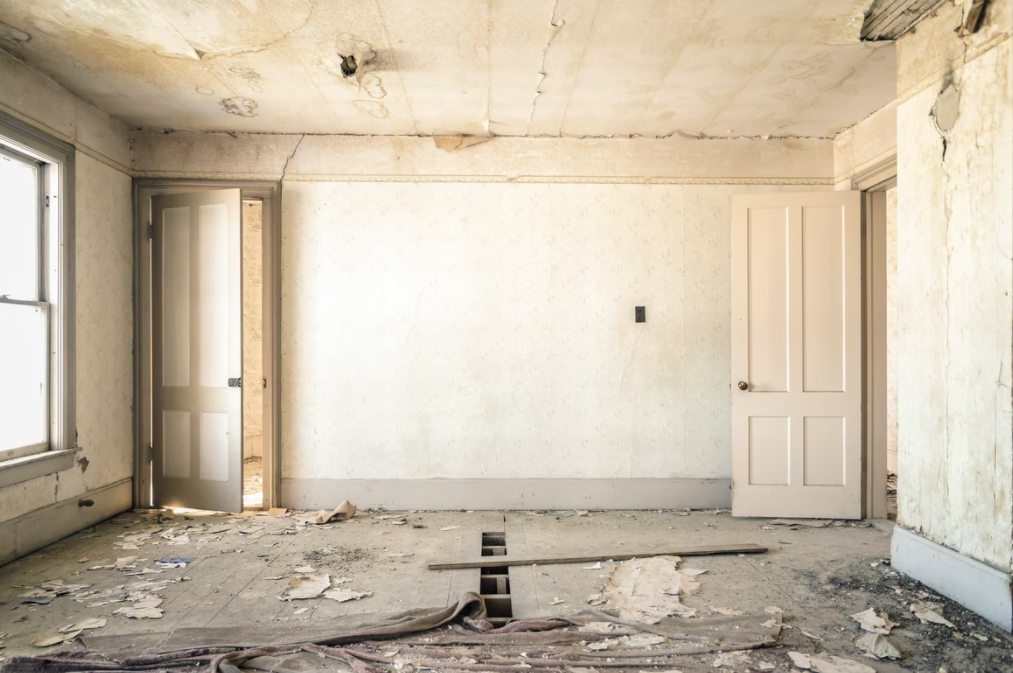Are you noticing small water bubbles on your ceiling? Dive into the intricacies of “Small Water Bubbles on Ceiling” to understand the underlying issues and discover effective solutions for a dry and intact ceiling.

Unmasking the Culprits
Explore the various factors contributing to the appearance of small water bubbles and gain insights into their origins.
Common Causes of Small Water Bubbles On Ceiling:
- Roof Leaks: Roof leaks are a frequent culprit. Water seeping through the roof can accumulate in the ceiling, forming bubbles as it disrupts the surface.
- Plumbing Issues: Faulty plumbing, such as leaking pipes or water buildup in the ceiling, can manifest as small water bubbles. Regular plumbing inspections are essential.
- Condensation: Excessive moisture in the air can lead to condensation on the ceiling, resulting in small water bubbles. This is common in areas with poor ventilation.
Understanding the Impact
Grasp the potential consequences of small water bubbles and why immediate action is crucial.
- Structural Damage: Small water bubbles, if left unattended, can lead to structural damage. This includes compromised drywall, weakened ceiling materials, and even potential hazards like mold growth.
- Aesthetic Issues: Beyond structural concerns, water bubbles on the ceiling affect the aesthetic appeal of your space. Stains, discoloration, and peeling paint are common consequences.
Dealing with Small Water Bubbles On Ceiling
Discover practical solutions to address existing water bubbles and prevent their recurrence in the future.
Identifying and Fixing the Source: Small Water Bubbles
Learn the step-by-step process to identify the source of the issue and implement effective fixes.
- Inspecting the Roof: Begin with a thorough inspection of your roof. Look for missing or damaged shingles, cracks, or any signs of water entry. Addressing roof issues can prevent further water damage to your ceiling.
- Checking Plumbing Systems: Enlist the help of a professional plumber to inspect your plumbing systems. Identify and fix any leaks promptly, preventing water from accumulating in the ceiling.
- Improving Ventilation: Enhance ventilation in your home to minimize condensation-related issues. Use exhaust fans, ensure proper attic ventilation, and consider a dehumidifier in humid climates.
Preventive Measures
Implement proactive measures to prevent the recurrence of small water bubbles.
- Regular Inspections: Conduct regular inspections of your roof and plumbing systems. Early detection and intervention can prevent small issues from evolving into major problems.
- Maintaining Indoor Humidity: Control indoor humidity levels to reduce the likelihood of condensation. Proper insulation and ventilation contribute to a balanced indoor environment.
- Prompt Repairs: Address any water damage or leaks promptly. Quick repairs can prevent the formation of small water bubbles and mitigate potential structural damage.
Read too: How To Dry Wet Ceiling
Conclusion: A Dry and Pristine Ceiling Awaits
In conclusion, addressing small water bubbles on your ceiling requires a combination of identifying the root cause, implementing effective solutions, and adopting preventive measures. By understanding the common causes and consequences, you can take proactive steps to ensure a dry, intact, and aesthetically pleasing ceiling in your home. Remember, early intervention is key to preserving the structural integrity and visual appeal of your living space.
